This half term holiday, why not spend some time in Limpsfield Common or on Limpsfield Chart getting to know some of the amazing wildlife, flowers, plants and trees we have on our doorstep. In the article below we have a few things you can look out for and some handy spotter charts from Wildlife Watch.

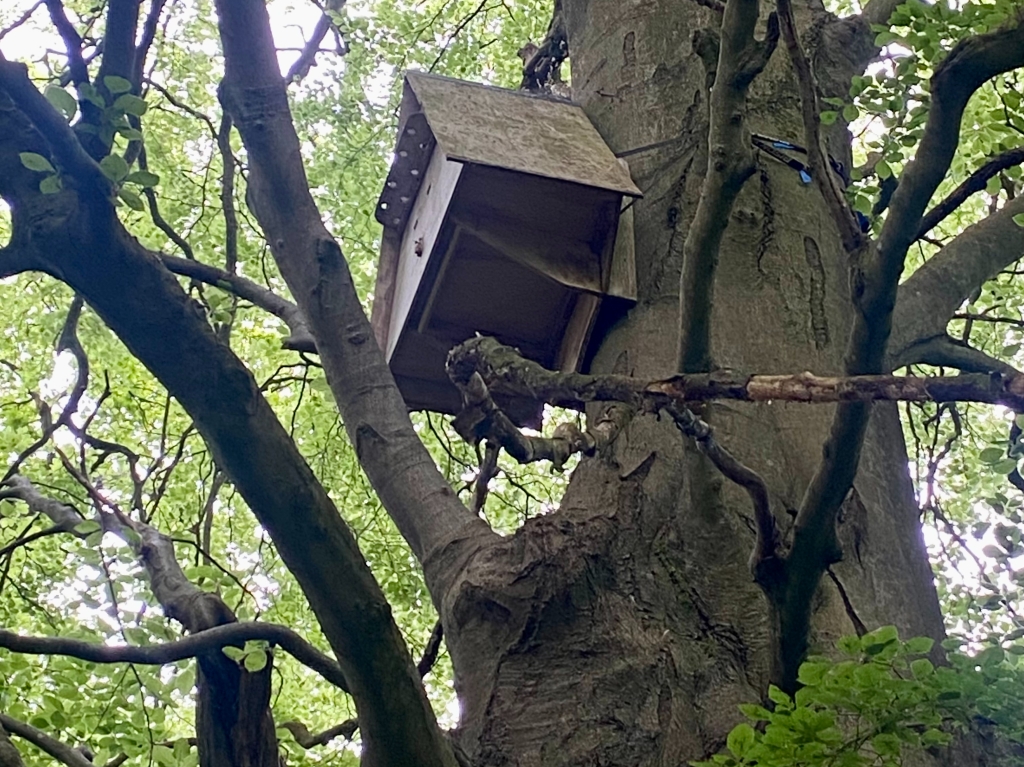

Did you know:
1.Ridlands Grove is an ancient woodland? Ancient woods are defined in the UK as areas that have been continuously wooded since 1600. Some of the larger trees are hundreds of years old.
Q: Can you name 3 of the types of trees at Ridlands Grove?
2.There are 2 owl boxes in Ridlands Grove… they are high up in the trees. One is right on the edge of a field, the other is in the middle of the woods.
Challenge: Can you find them?
Q. What type of owls do you think might live in them?
3.There are a large number of bat boxes in Ridlands Grove alongside the golf course. Why do we have them? Well, they provide bats with alternative resting places and encourage bats into areas where there are few existing suitable roost sites. They also help to encourage bats to roost in the woodland instead of in people’s houses.
Fun Fact: Bats are not actually blind! In fact, they have have small eyes with very sensitive vision, which helps them see in conditions we might consider pitch black.
Q. What type of bats do you think might live in these boxes?

4.There is a very special tree on Limpsfield Chart. It’s called the “Conjoined Tree”. It is a miracle of nature and is two different species of tree that have joined together and now grow together as one tree… they’re kind of married! Officially the term for this is inosculation where branches or roots of two trees grow together.
Challenge: Can you find the tree? [hint: it’s on the Friends of Limpsfield Common’s Family Activity Trail] Do you know what 2 types of tree it is made of?

5.The National Trust and Taskforce is creating dead hedging in parts of Limpsfield Common and Limpsfield Chart. Dead hedging is making hedges, barriers etc by weaving together woody cuttings between vertical stakes. Dead hedges provide hiding places and nesting habitats for all sorts of creatures, as well as food for insects. They are also used to protect wildlife, like ground nesting birds, frogs, newts and other pond life from being disturbed or damaged by people and dogs.
Challenge: Can you find some dead hedging? [Hint: some is in woodland; some by a pond…]
Things to do
- Take a walk around Grub Street and visit the air raid shelters and WW2 spigots (Use the NT Grub Street car park)
- Walk around Ridlands Grove Ancient Woodland (NT car park on Ridlands Lane) – find the bird, bat and owl boxes and other animal houses
- Find the Rest & Play area off New Road (NT New Road car park)
- Do the Friends of Limpsfield Common Family Activity Trail (from High Chart car park)
- Walk the Limpsfield Way and read the history boards – start from St Peter’s Church or Carpenters Arms. Maps online.
- Walk the Orchard Walk from Grub Street and Visit the Limpsfield Community Orchard Grid Ref: TQ 4134 5291; What3Words: ///drama.fluid.heap.
- Visit the Chart Orchard on Stoneleigh Road by the Cricket Pitch. What3Words: ///affair.remain.played Use the High Chart car park.
Some wildlife to look out for in May while you’re out and about…
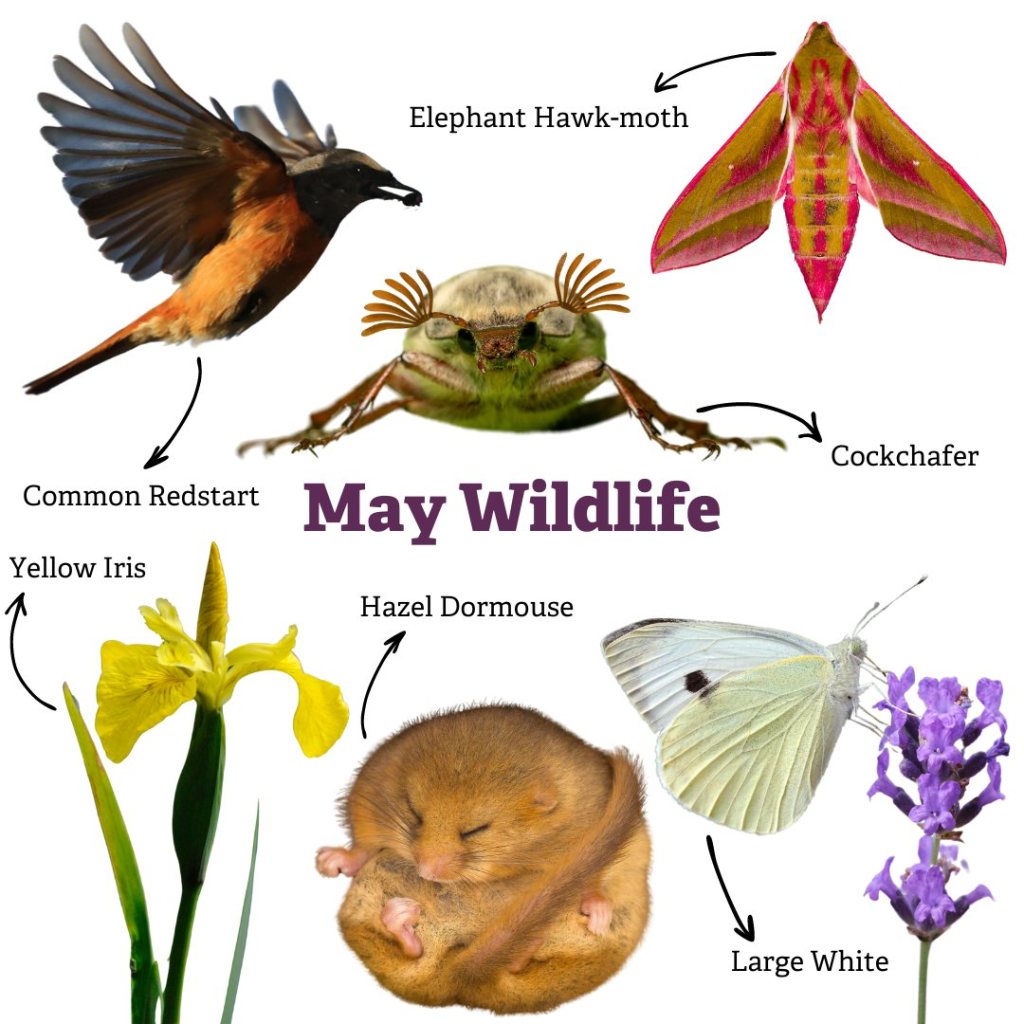
Spotter Charts (CLICK TO DOWNLOAD)
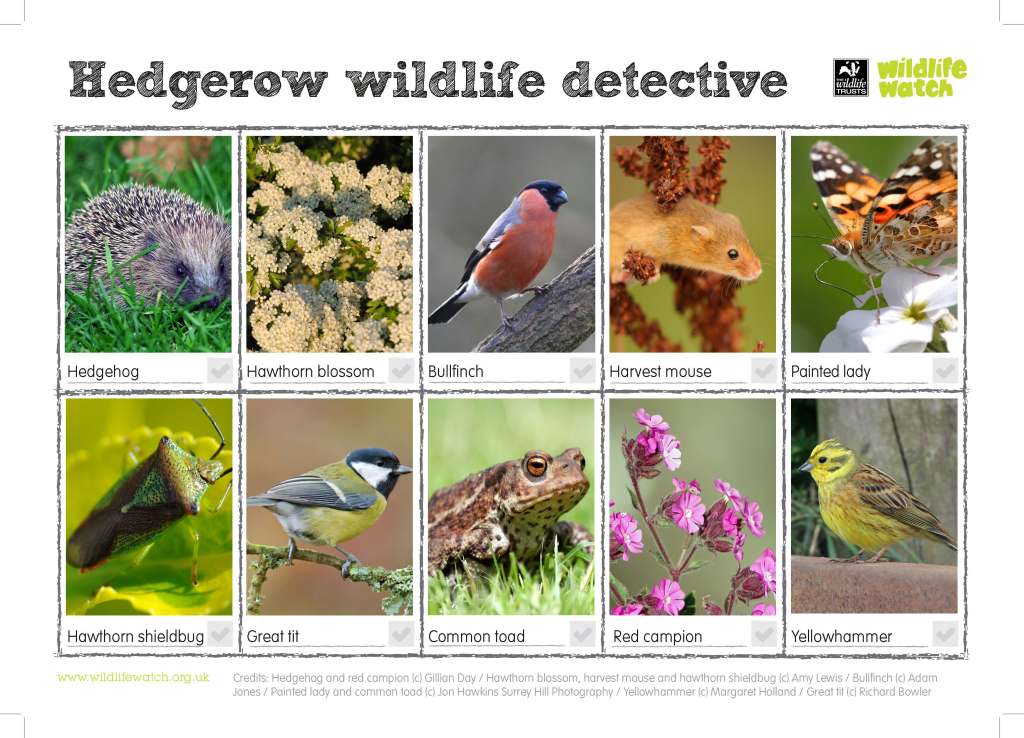



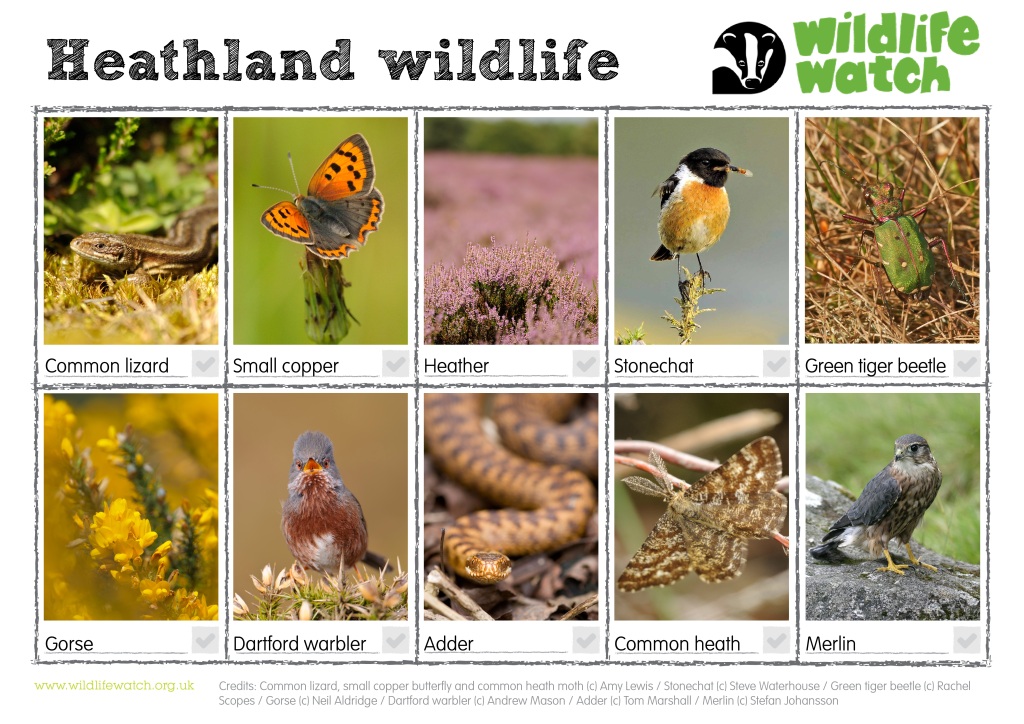
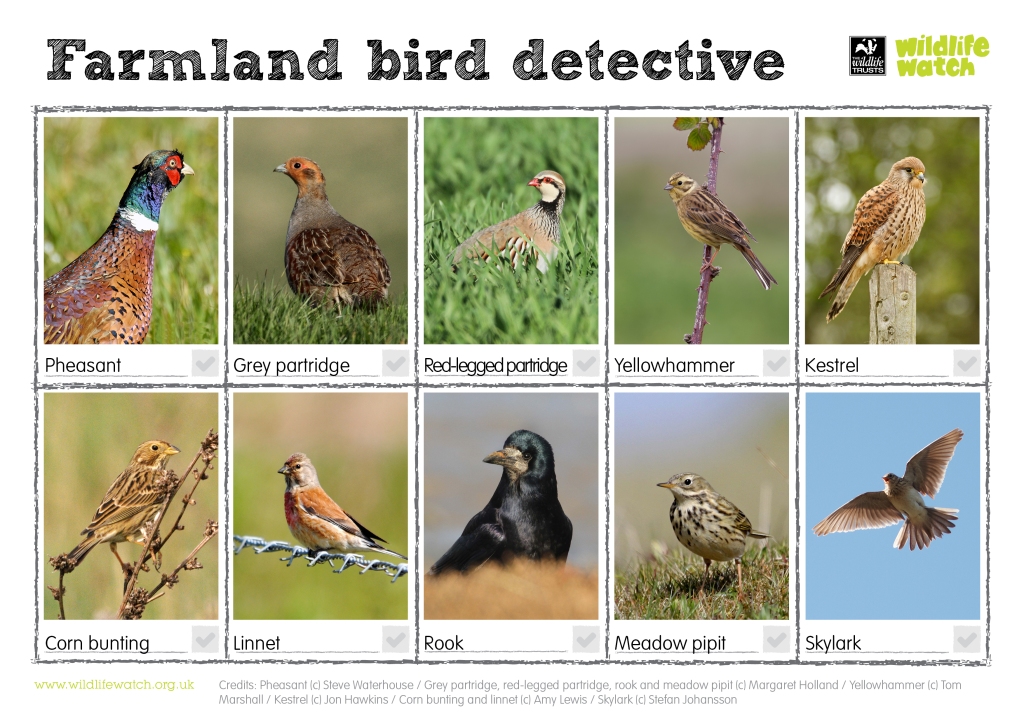

Discover more from Limpsfield, Surrey
Subscribe to get the latest posts sent to your email.
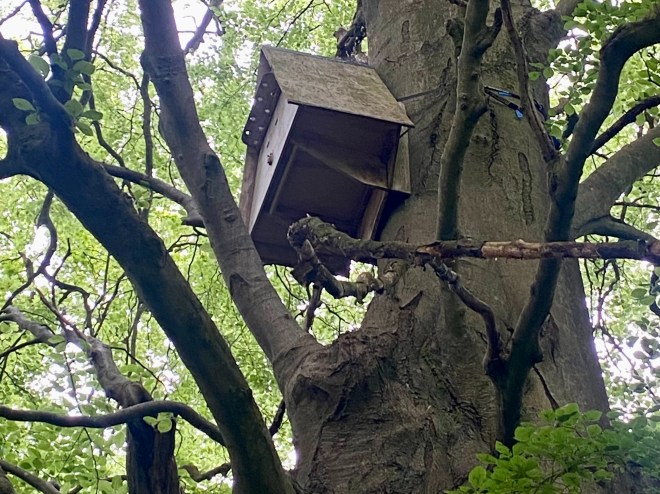
Sophie – this is brilliant 🤩!
<
div>Maggie
<
div dir=”ltr”>
<
blockquote type=”cite”>
LikeLike